The journey begins in Azenhas do Mar, a charming coastal village situated within Sintra’s municipality. Nestled in a valley, the village boasts houses perched on the rocky terrain. At the top of the cliff, a viewpoint treats you to panoramic views of the landscape, while down at the base lies a beach and an ocean pool.
Continuing onwards, the route takes you through the parish of S. João das Lampas, a town rich in archaeological, historical, and cultural significance. Noteworthy attractions include the ensemble of the sidewalk, Roman bridge, and watermill of Catribana, as well as the intriguing ruins of S. Miguel de Odrinhas.
Heading northward, Mafra comes into view, renowned for its surfing-friendly beaches, the grand National Palace, and the surrounding area that houses the National Tapada. On the outskirts, we highly recommend a visit to the João Franco Village-Museum. Constructed in 1950, this village stands as a testament to José Franco and Helena’s endeavor to safeguard the identity of the Saloia Region, which faced the challenges of modernization.
Continuing the journey from Mafra towards the sea, you’ll soon reach the picturesque fishing village of Ericeira. This village is famed for its multitude of beaches and its distinction as a World Surfing Reserve since 2011. While in Ericeira, explore the Fort of São Pedro de Milreu, a 17th-century fortress strategically positioned to safeguard Ericeira’s northern maritime entrance and prevent landings on Ribeira de Ilhas beach.
Further north, in Torres Vedras, the route continues to grace you with beaches spanning a 20-kilometer stretch of coastline. In the county’s interior, there are noteworthy sites to explore, including the ocean-adjacent Passo Fort, the historical Castle, the ancient fortified settlement of Castro do Zambujal dating back to the Copper Age, and the Fort of São Vicente.
The journey concludes in Santa Cruz, renowned for its inviting beach and the iconic Penedo do Guincho.
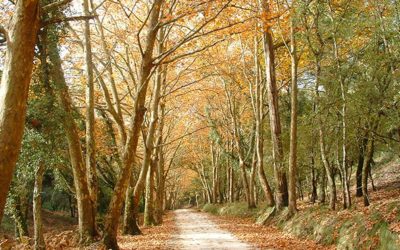
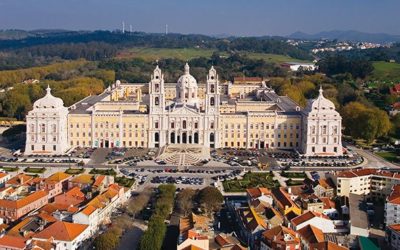
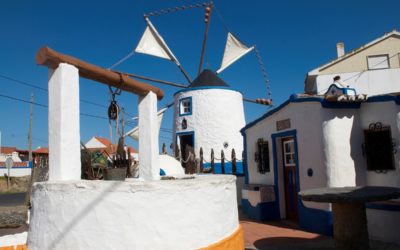

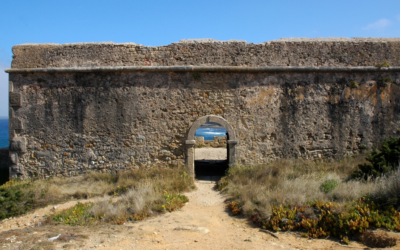

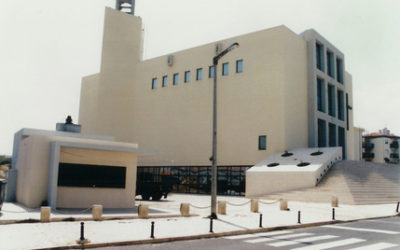
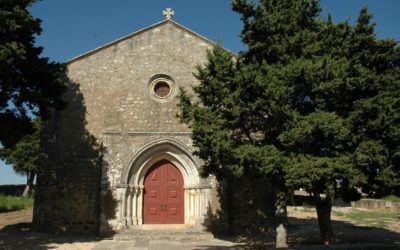
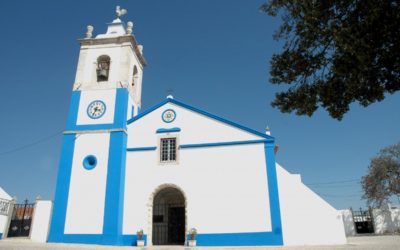
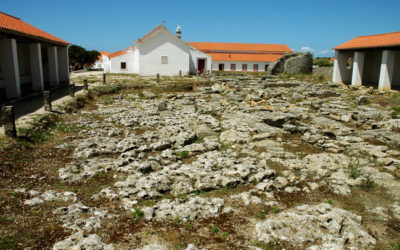
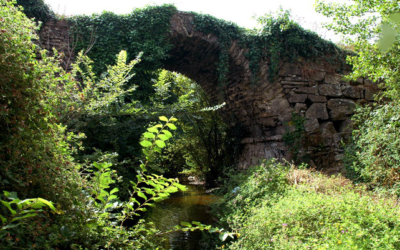
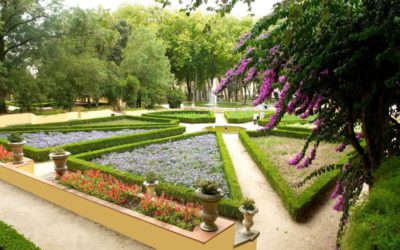
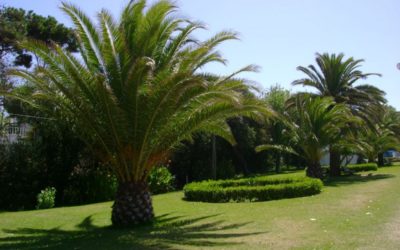
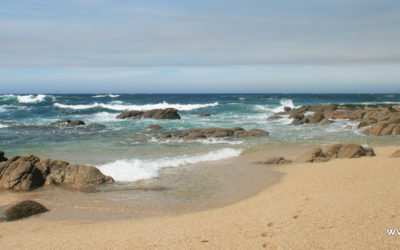
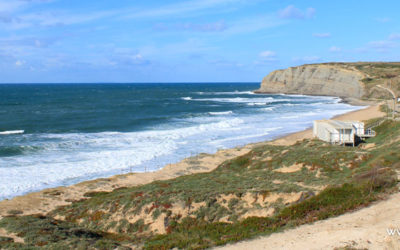
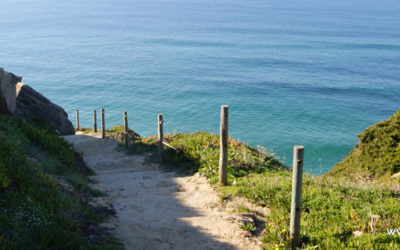
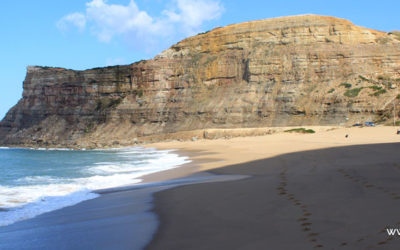
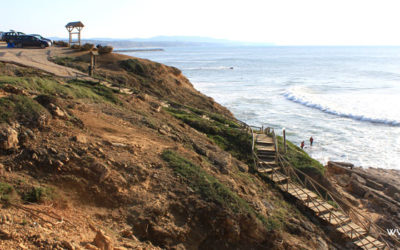
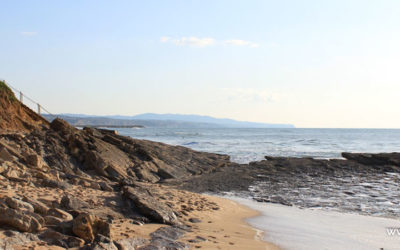
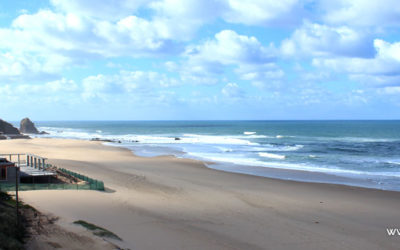
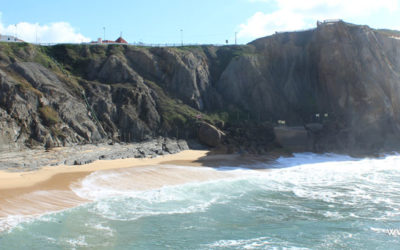

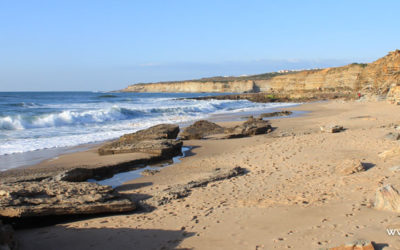
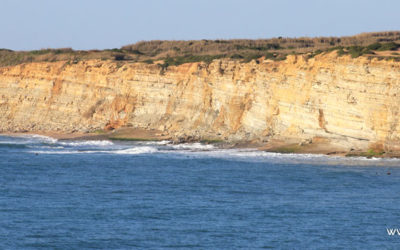
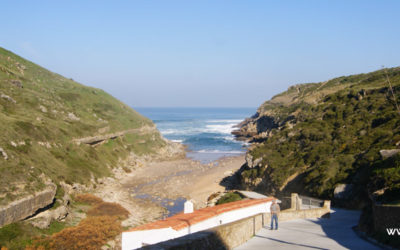

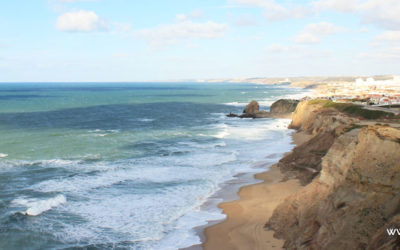
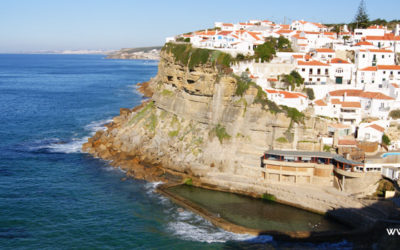

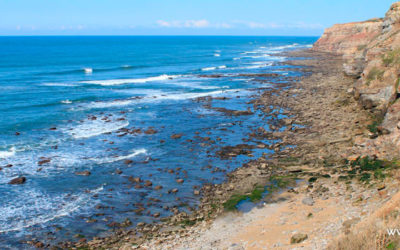
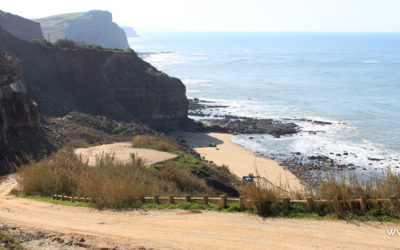
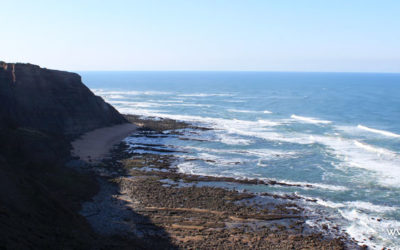
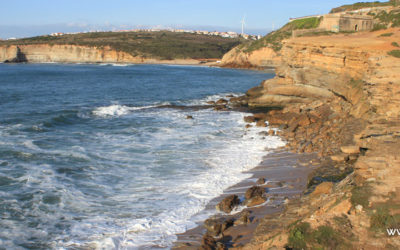
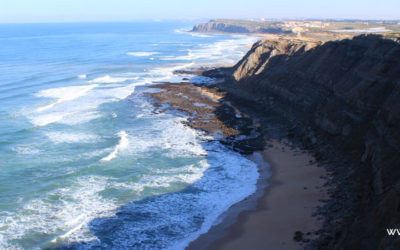
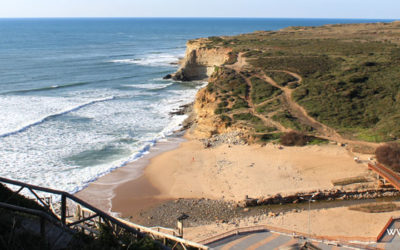
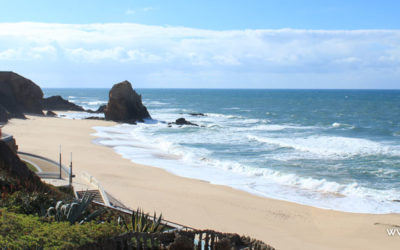
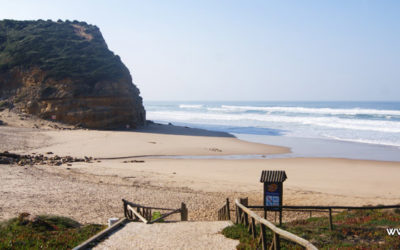
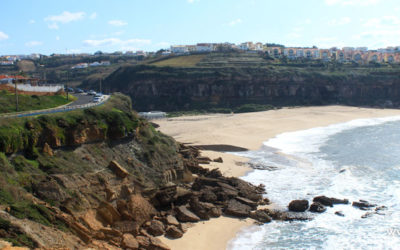
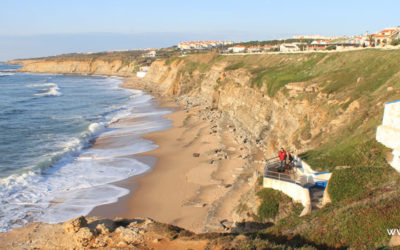
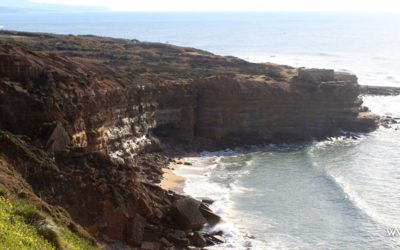
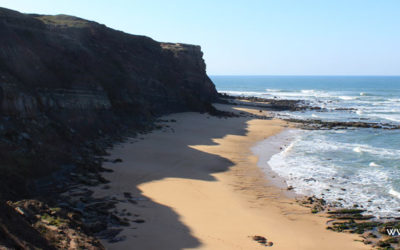
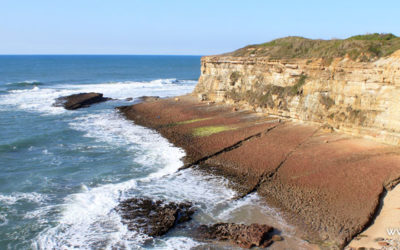
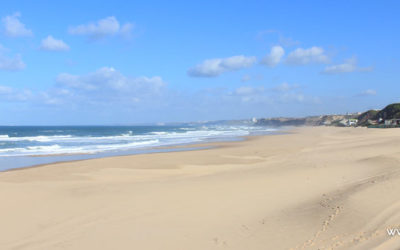
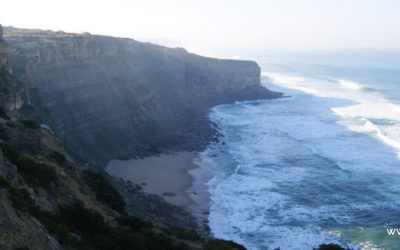
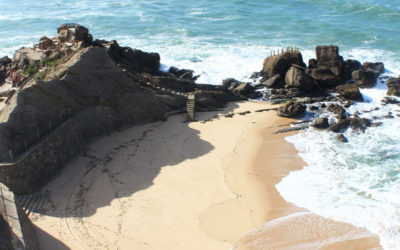
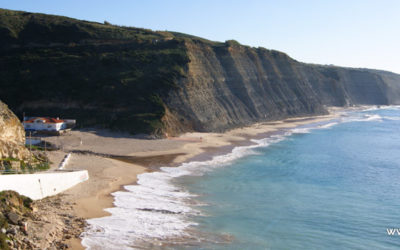
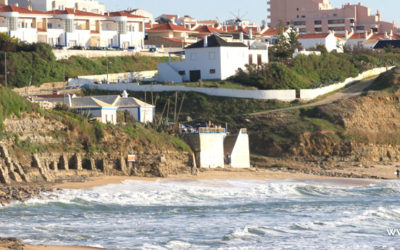

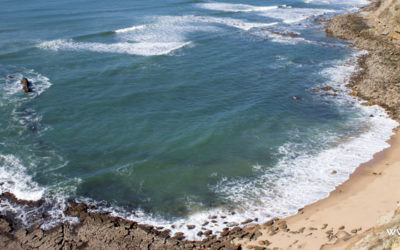
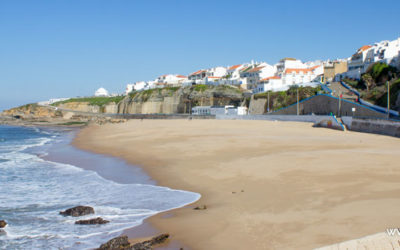
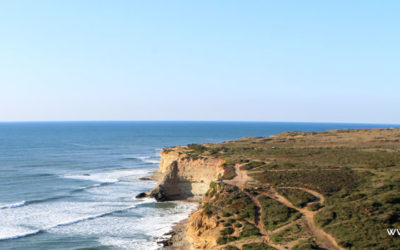

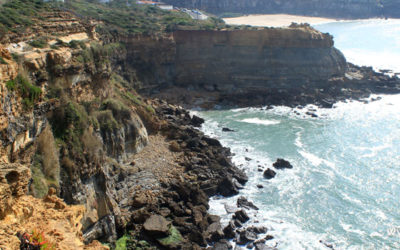
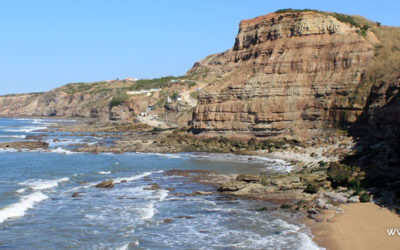
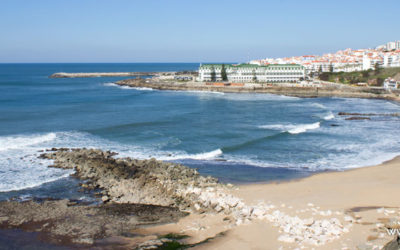
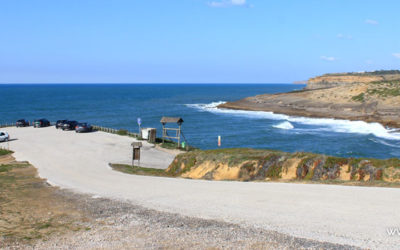
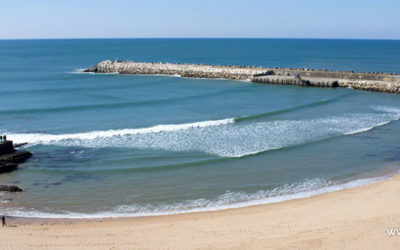

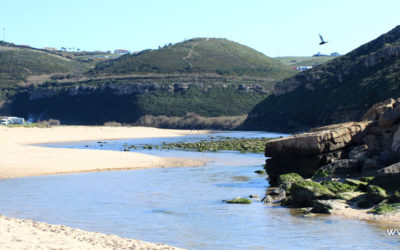
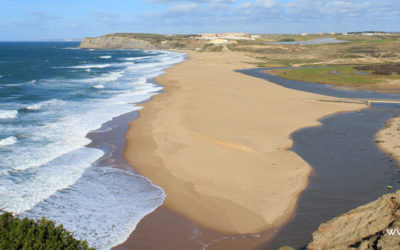
Comments: Section 16